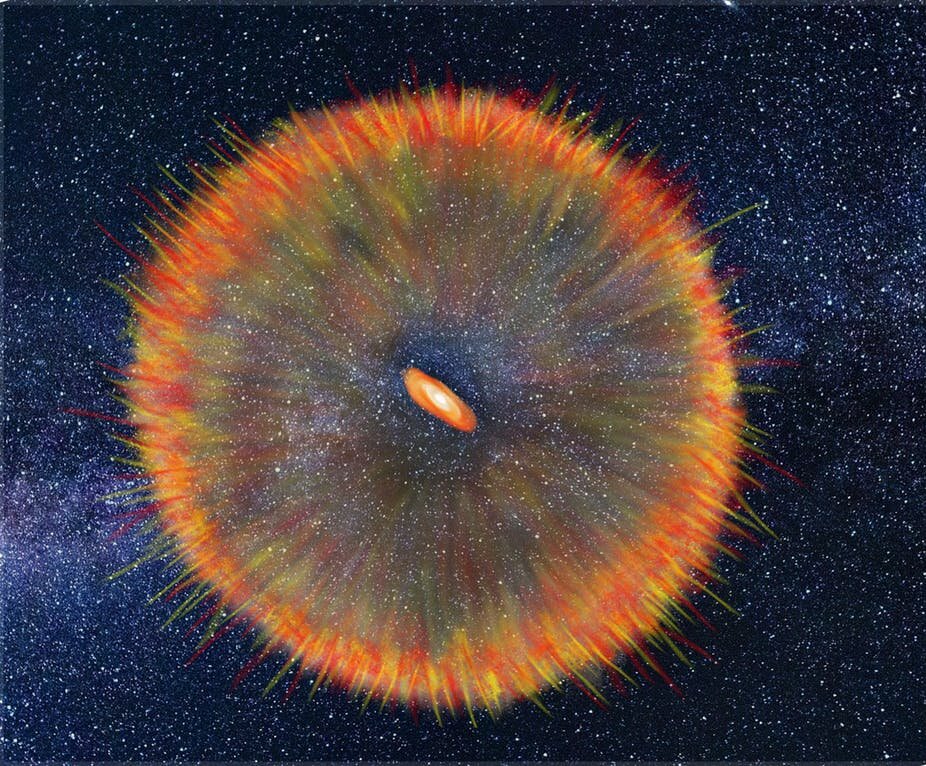
An international team of researchers has found that neon inside a certain massive star can consume the electrons in the core, a process called electron capture, which causes the star to collapse into a neutron star and produce a supernova.
The researchers were interested in studying the final fate of stars within a mass range of eight to 10 solar masses, or eight to 10 times the mass of the sun. This mass range is important because it includes the boundary between whether a star has a large enough mass to undergo a supernova explosion to form a neutron star, or has a smaller mass to form a white dwarf star without becoming a supernova.
An eight- to 1...
Read More








Recent Comments